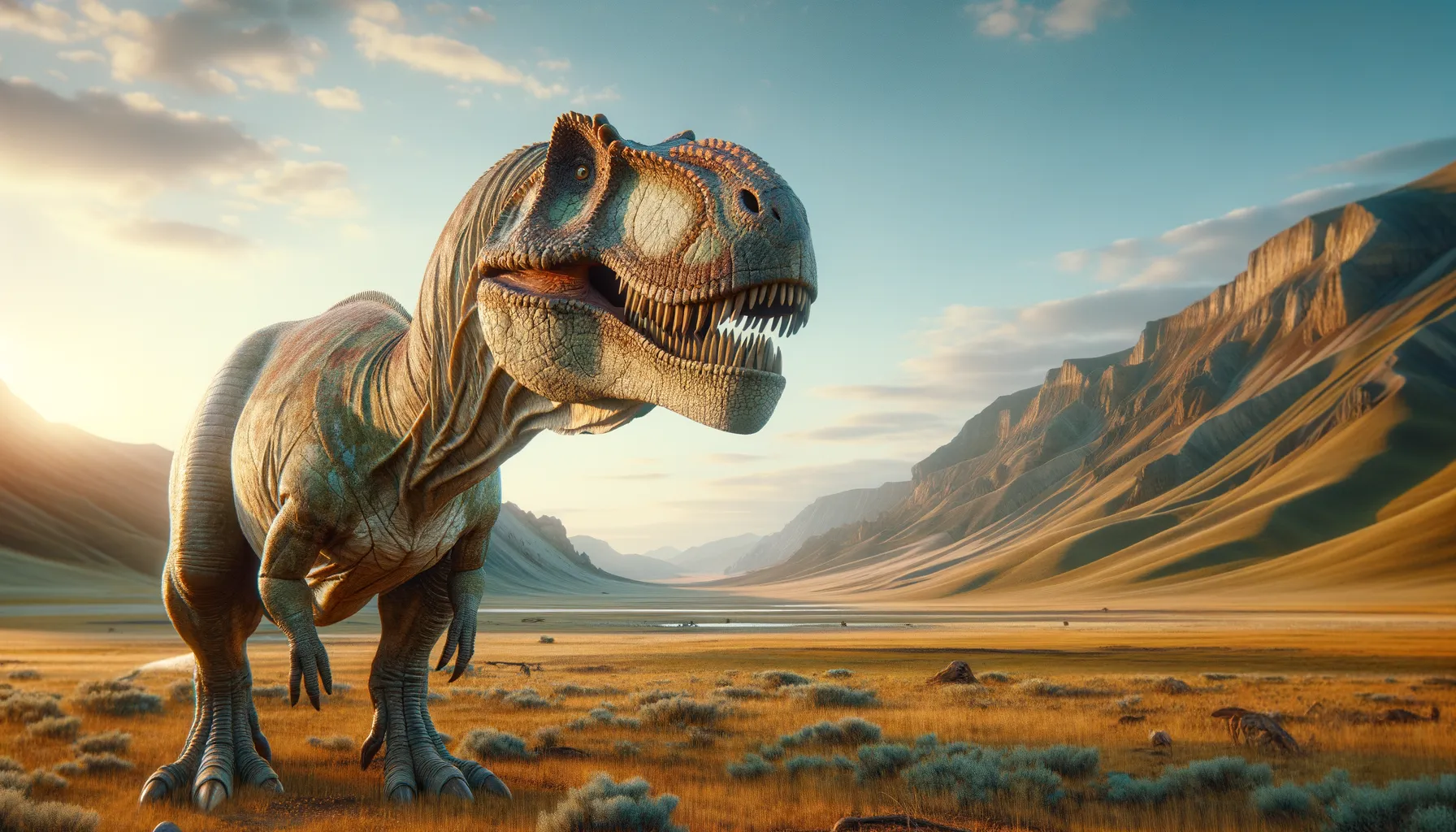
Tylocephale
Headstrong contenders of the Cretaceous lands!
Period
Cretaceous
Length
About 4 meters in length.
Height
Stood approximately 2 meters tall.
Weight
Weighed around 1 tonne.
Tylocephale was a small pachycephalosaurid dinosaur known for its thick skull roof, believed to be used for defense or head-butting behavior. This herbivore roamed the lands of Late Cretaceous Mongolia. Their sturdy build and unique cranial features have made them a subject of interest in understanding dinosaur social dynamics and evolutionary biology.
Diet
Tylocephale was herbivorous, feeding primarily on low-lying vegetation. Its diet consisted of ferns, cycads, and other plants that were common during the Cretaceous period.
Hunting
As herbivores, they did not engage in hunting behavior. Instead, they might have used their thick skulls for defense against predators or in social interactions.
Environmental challenges
Tylocephale faced environmental challenges such as climate fluctuations affecting food availability. Habitat loss due to volcanic activity was also a potential threat. Competition with other herbivorous species might have forced adaptations in feeding habits.
Speed
Estimated to be relatively slow due to its size.
Lifespan
Potentially several decades, similar to other dinosaurs.
First discovery
Discovered in Mongolia in 1974 by a Polish-Mongolian team.
Fun Facts
- Tylocephale was a dome-headed dinosaur that lived during the late Cretaceous period.
- Its name means 'swollen head', a reference to its thick skull roof which could have been used for head-butting during social interactions or fights.
- Tylocephale belonged to the group of dinosaurs known as pachycephalosaurs, which are characterized by their thick, bony skulls.
- Fossil evidence of Tylocephale has primarily been found in Mongolia, making it a part of the Asian dinosaur fauna of its time.
- Despite its intimidating skull, Tylocephale was a herbivore, feeding on plants and possibly low-lying shrubs.
- The exact purpose of its thick dome is still a topic of debate among scientists, with theories ranging from defensive armor to social signaling.
- Tylocephale was relatively small, measuring about 1.5 to 2 meters in length, making it one of the smaller members of the pachycephalosaur family.
Growth and Development
Young Tylocephale likely had softer skull roofs that hardened with age, a common trait in their family. They grew rapidly during early life stages to reach maturity quickly. The development of their thick cranial dome was one of the key growth features studied.
Habitat
Tylocephale inhabited forested areas with plenty of vegetation. They preferred environments that provided shade and sufficient food sources. Seasonal changes in their habitat required them to adapt to varying climate conditions.
Interaction with other species
Tylocephale likely coexisted with other herbivores, leading to occasional competition for resources. Their unique skulls may have provided advantages in dominance displays. Interaction with predators required defensive tactics and reliance on social groups.
Natural lifespan
They were estimated to live for several decades.
Reproduction
Tylocephale likely laid eggs, as is typical for dinosaurs. Parental care might have been a part of their reproductive strategy, protecting eggs and young from predators. The breeding season could have been influenced by environmental factors ensuring optimal conditions for young.
Social behaviour
They may have been social animals, living in groups which provided protection and improved foraging efficiency. Head-butting could have been an integral part of social interactions, establishing dominance within groups. Cohesion in herds helped them navigate environmental challenges together.
Fossil locations
Fossils primarily found in the Mongolian regions give insights into their habitat and lifestyle. Discoveries have provided valuable data on pachycephalosaurid family diversity. Limited fossil records have posed challenges in entirely understanding their distribution and variation.
